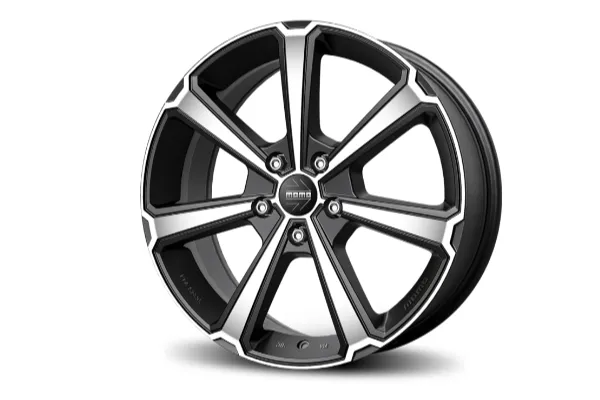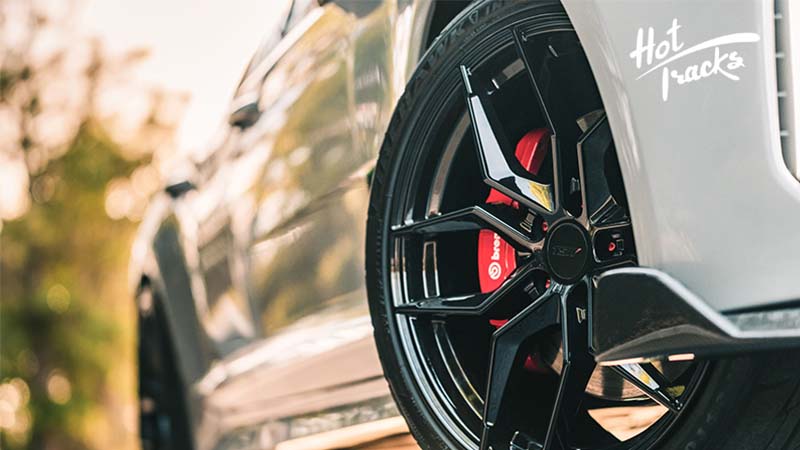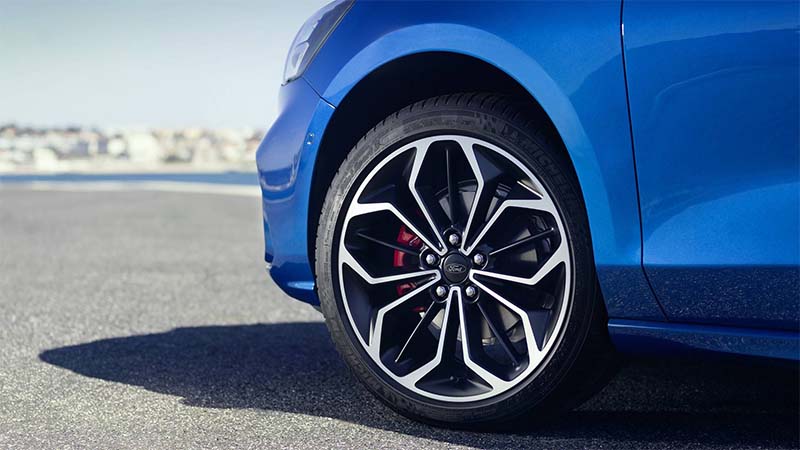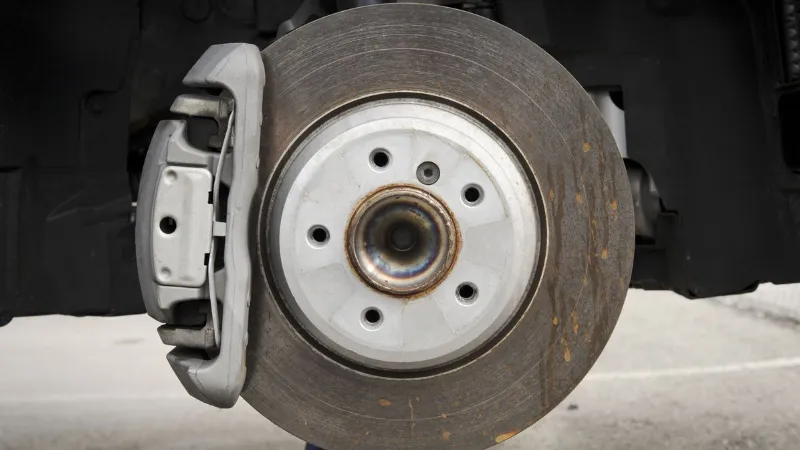In addition to being more visually appealing than regular steel wheels, aluminum alloy wheels also require less energy to rotate due to their lighter weight. This results in better handling, acceleration, and braking as well as increased fuel efficiency. Below are the basic steps on how are alloy wheels made:
- Raw Aluminium is Shipped into the Factory
- Raw Materials Chemical Analysis
- Melting Process
- Enamel Casting
- X-Rays
- Tilt Milling
- Inspection
- Decorating and Treatment
- Quality Control
- Shipping
Please read on for more detailed information.
How Are Alloy Wheels Made?
Raw Aluminium is Shipped into the Factory
Aluminum is transported to the factory for processing after it has been extracted from the earth. Here, the staff members will inspect the aluminum for quality and toss any unsatisfactory pieces.
Raw Materials Chemical Analysis
The raw material goes through extensive chemical testing in addition to employee inspections to make sure it is indeed aluminum. Materials that don’t meet the necessary standards are discarded after machines check the chemical balance.
Melting Process
The construction process can begin in the following step. To begin melting, the approved material is placed inside the oven. It doesn’t take long for this to happen. The melting process for aluminum can take anywhere between 10 and 30 minutes to complete.

Enamel Casting
Low-pressure die casting technology is used to create alloy wheels. Automatic X-ray machines made by Yxlon are used to inspect the castings.
X-Rays
The quality of the wheels is inspected, and any damage or flaws are also found.
Tilt Milling
The wheels are subjected to tilt milling after they have undergone quality control. A multi-tooth cutter that is fed into the moving work piece while using a tilt mill tool rotates to remove metal. Using a quill feed lever on the head, the spindle can be fed upwards and downwards.
Inspection
The wheel is given a manual inspection to look for any flaws. To make sure they adhere to the design specifications, they measure the wheel’s component parts individually. A “brute force” examination is also carried out, in which the wheel is severely strained to determine its breaking point.
Decorating and Treatment
The wheel is then moved to the stage for painting and treatment. To safeguard the wheel from ongoing harm that vehicles might cause, it goes through a number of stages. The procedure is automated by a number of devices.
Quality Control
The quality of the wheel is then examined, somewhat similar to the inspection stage. An employee will sit by the conveyor belt and inspect the wheel after it has been painted and protected to look for any dents or marks that would prevent it from being sold.
Shipping
The wheel is prepared for shipping once it has been made and examined.
Are Alloy Wheels Forged Or Cast?
Casting aluminum wheels is the most common manufacturing process for alloy wheels on the market. The process for making these wheels involves pouring (or drawing in with a vacuum) molten aluminum into a mold that shapes the material into the desired wheel shape.
FAQs
How Are Casted Wheels Made?
The cast wheel manufacturing process involves heating up aluminum until it reaches a molten state. The molten aluminum is then poured into a mold where it is cast into its final shape with the help of a vacuum. The cast is perfectly drilled and trimmed after it has cooled.
Why OEM Wheels Are Better Than Aftermarket?
We have found that OEM rims are superior in over all finish quality, casting process or machining process, hardening process and conversion treatment process, aluminum alloy make up as well as design durability tests to be superior compared to 90% percent of aftermarket wheels available in the consumer market.
Conclusion on How Are Alloy Wheels Made?
97% of the material in an aluminum alloy is high-grade aluminum, and 3% is an alloy of magnesium and titanium.
For approximately one hour, aluminum ingots are heated in a furnace. 25 minutes at 720 degrees The molten aluminum is then poured into the mixer, where it undergoes processing, at a temperature of 100 degrees Celsius.
Quick look at how are alloy wheels made:
- Raw Aluminium is Shipped into the Factory
- Raw Materials Chemical Analysis
- Melting Process
- Enamel Casting
- X-Rays
- Tilt Milling
- Inspection
- Decorating and Treatment
- Quality Control
- Shipping
Read about How Long Do Run Flat Tires Last?





